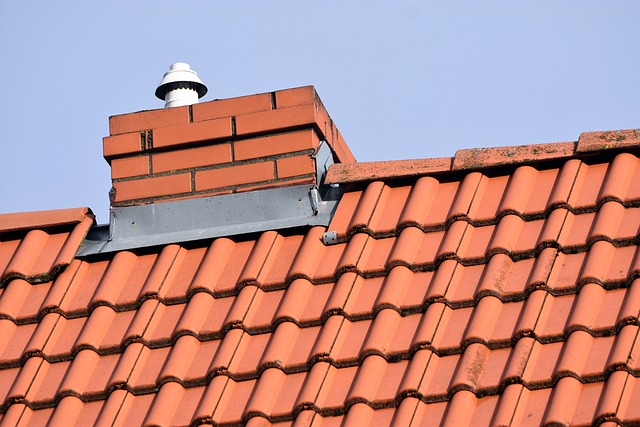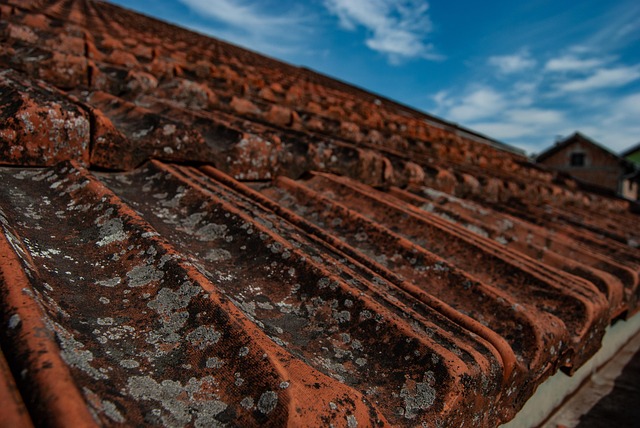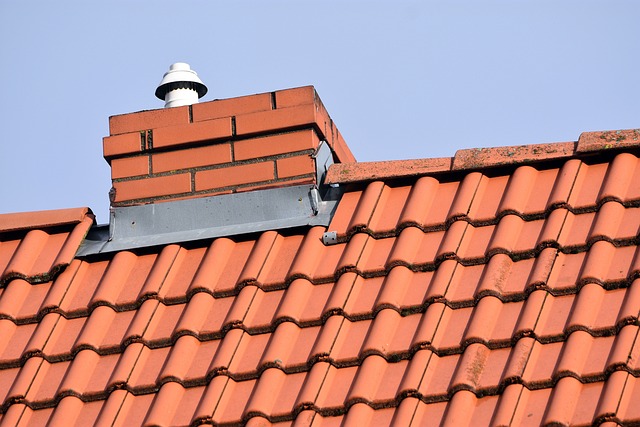In Austin, Texas, adhering to local building code requirements for roof repairs is essential for homeowners and contractors alike. The city's stringent regulations focus on structural integrity, safety, and aesthetic harmony, encompassing specific materials, construction methods, minimum slope rules, flashing, and ventilation guidelines. Compliance ensures legal clarity, structural soundness, and extended roof lifespan. Homeowners should consult licensed professionals for permits, inspections, and guidance, while contractors must be proficient in these standards to avoid fines, delays, and safety hazards, thereby promoting a safe and compliant austin roof repair environment.
“Ensuring compliance with local building codes is paramount when undertaking Austin roof repairs, as it safeguards both property values and public safety. This comprehensive guide delves into the intricacies of Austin’s building code requirements, highlighting the significance of adherence to avoid legal complications. We explore key regulations, permit processes, and practical tips for a successful and compliant Austin roof repair project, ensuring your peace of mind and home’s protection.”
- Understanding Austin's Building Code Requirements for Roof Repairs
- The Importance of Compliance: Avoiding Legal Pitfalls and Safety Hazards
- Key Regulations to Consider Before Starting Your Roof Repair Project
- Permits and Inspections: Navigating the Process for Austin Homeowners
- Tips for Maintaining Compliance While Conducting Austin Roof Repairs
Understanding Austin's Building Code Requirements for Roof Repairs

In Austin, Texas, understanding the local building code requirements for roof repairs is paramount for both homeowners and contractors. The city’s stringent regulations are designed to ensure structural integrity, safety, and aesthetic harmony within the community. For any austin roof repair project, compliance with these codes not only guarantees the longevity of the structure but also prevents potential fines and legal issues.
Key aspects of Austin’s building code for roof repairs include specific materials and construction methods, minimum slope requirements for different types of roofs, and detailed guidelines for flashing and ventilation. Contractors must be familiar with these standards to ensure their work meets the city’s high safety and quality benchmarks. Homeowners planning austin roof repair projects should consult with licensed professionals who can guide them through the necessary permits, inspections, and compliance steps.
The Importance of Compliance: Avoiding Legal Pitfalls and Safety Hazards

Compliance with local building codes is not just a legal requirement; it’s a cornerstone of safe and sustainable construction in Austin roof repair projects. Neglecting to adhere to these regulations can lead to severe consequences, from costly fines to serious safety hazards for both residents and workers. Austin, known for its unique architectural landscape, has specific guidelines designed to maintain the integrity of buildings while ensuring they meet modern safety standards.
By adhering to these codes, Austin roof repair professionals protect themselves and their clients from potential legal pitfalls. It prevents structural failures that could result in injuries or property damage. Moreover, compliance ensures that repairs are done using materials and methods approved for local conditions, enhancing the longevity of the roof and the overall structure.
Key Regulations to Consider Before Starting Your Roof Repair Project

Before starting any roof repair project in Austin, understanding and adhering to local building codes is non-negotiable. Key regulations to consider include permit requirements, specific construction materials permitted, and safety standards for both the repair process and finished product. For instance, Austin may have strict guidelines on the type of roofing materials used, especially in historic districts, or restrictions on certain repair techniques to preserve architectural integrity.
Permits are often necessary for roof repairs to ensure work meets safety and quality standards. Check with local building departments in Austin to understand what types of projects require permits and what documentation is needed. Failure to comply can result in fines and delays, so it’s crucial to be proactive and familiarize yourself with these regulations, ensuring a smooth and lawful austin roof repair process.
Permits and Inspections: Navigating the Process for Austin Homeowners

Tips for Maintaining Compliance While Conducting Austin Roof Repairs

When conducting Austin roof repairs, adhering to local building codes and regulations is paramount for safety and legal compliance. A crucial first step is to thoroughly research and understand the specific guidelines relevant to your project. This involves checking with the local building department or consulting the city’s official website for detailed information on permitted materials, dimensions, and construction methods.
Additionally, staying informed about local permit requirements ensures that your repairs are legally documented and approved. Engaging with licensed and experienced roofers who prioritize compliance is highly recommended. They not only stay up-to-date with changing regulations but also employ best practices to guarantee a safe and durable roof. Regular inspections during and after the repair process further mitigate risks, ensuring your Austin roof repair project meets all necessary standards.
When undertaking any Austin roof repair project, adhering to local building codes and regulations is paramount. By understanding the specific requirements, such as permit procedures and inspection guidelines, homeowners can ensure their work complies with standards set by Austin’s building code. This not only avoids legal issues but also promotes safety and maintains property value in this dynamic city. Embracing these regulatory aspects is a crucial step for any responsible Austin homeowner looking to protect their investment and contribute to the community’s overall well-being through quality construction practices.
